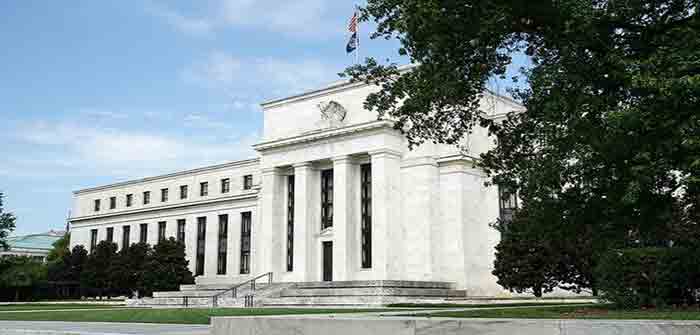
by Pam Martens and Russ Martens at Wall Street on Parade
The Fed is doing something it’s never been allowed to do in its 109 years of operation. And, it’s doing it without any pushback from Congress.
The Fed draws its statutory authority from the Federal Reserve Act of 1913 which created the Fed’s “discount window” for making loans to Fed member banks which are engaged in making loans for “agricultural, industrial or commercial purposes….” The Federal Reserve Act strictly prohibited the Fed from making loans “for the purpose of carrying or trading in stocks, bonds, or other investment securities….”
After Wall Street trading casinos blew up the U.S. economy in 1929 and brought on the Great Depression of the 30s, Congress enacted the Glass-Steagall Act in 1933 which established federal deposit insurance for commercial banks and outlawed the merger of those federally-insured banks with Wall Street trading casinos (investment banks and brokerage firms). The Glass-Steagall legislation protected the U.S. banking system for 66 years until its repeal by Congress in 1999. Today, all of the megabanks on Wall Street own both federally-insured banks and sprawling trading firms.
On July 28 of last year, the Fed announced that it was creating a $500 billion permanent bailout facility for the trading houses (“primary dealers”) on Wall Street to support “smooth market functioning.” The Fed gave the facility the bland sounding name of “Standing Repo Facility” or SRF. What the Fed was effectively doing was creating a new “discount window” where both Fed member banks and Wall Street trading houses could obtain billions of dollars in cumulative loans if a liquidity crisis arose.
The resolution issued by the Fed in conjunction with…
Continue Reading